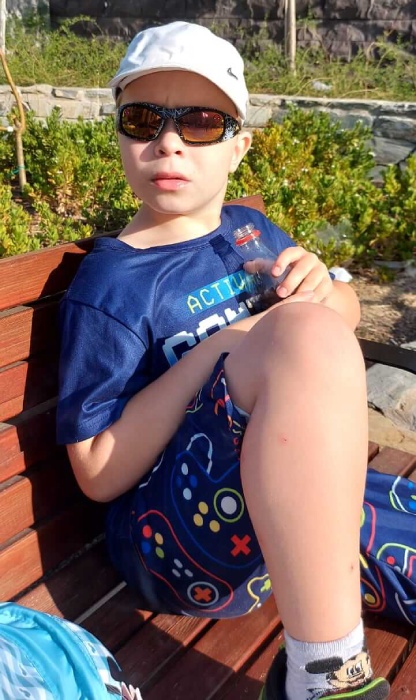School Programmes for Autists
Departments of education in many countries use four generally recognised programmes for teaching children with ASD. These are programmes 8.1–8.4. They are classified according to the level of intellectual development of a student, from preserved intellectual abilities to existing developmental disorders. For example, programmes 8.1 and 8.2 are designed for autistic children who are able to study in a regular school. Programmes 8.3 and 8.4 are intended for use on an individual basis or in specialised institutions for children with specific needs.
Forms of implementation of school programmes for autists:
- Full, inclusive education — studying without an accompanying educator
- Visiting a school with an accompanying pedagogue
- Partial inclusive education — a child studies in secondary and specialised schools for some periods of time
- Studying under a correctional programme in a special school
- Studying in a special class for students with ASD
- Individual home education with a tutor, social worker, parents, or online programmes
Features of school education for children with ASD
If a child is naturally endowed with good intellectual abilities, they can learn on par with their peers. This scenario is the most desirable because interaction with children will prevent isolation and antisocial behaviour and instill basic communication skills. Studying with healthy, developing children will ensure the most complete development for autists.
If necessary, the school assigns an accompanying pedagogue, who helps an autistic child at lessons and assists a teacher in adapting educational material to the individual needs of the special student.
Unfortunately, the technique of adapting educational materials is not fully developed, although there are approved adaptation standards. Adapting textbooks and printed materials is very difficult; it is often necessary to develop didactic material for autistic children, and not everyone can fulfil this task. Accompanying educators are simple teachers who only completed courses in teaching autistic children. The knowledge that these courses provide is insufficient to understand all features of autism pathogenesis. It is also difficult to adapt the material to the specific needs of an individual student.
Effectiveness and new perspectives for successful learning
In the realities of the present peculiarities of education, visible success can be achieved with individual training. School education is often combined with the developmental and treatment programmes that every child with ASD undergoes. Many children achieve some success. This path is long, thorny, difficult, and not always effective. But a child’s success can be significantly improved and made easier.
Treatment of childhood autism with stem cells is a new way to combat the disease; it greatly improves a child’s mental abilities and eliminates physiological symptoms.
Correction of childhood autism within the framework of education can:
- Update the brain with improved cognitive abilities
- Reduce symptoms of illness that previously interfered with the learning process
- Overcome fears and isolation, which pose a serious threat to socialisation
The cell transplantation procedure can be completed safely, quickly, and affordably at the Mardaleishvili Medical Centre.
Strengthen the quality of education and treatment for childhood autism spectrum disorder — sign up for cell therapy now.
Autism Treatment Center Videos
Autism treatment with own stem cells
Cord blood association congress
International Quality Crown
Autism Treatment Reviews
Autism treatment with own stem cells
The story of Alessandro (6 years old)
Autism Patient Testimonial - Stem Cell Treatment
Clients Testimonials

Anna – Sasha’s mother Read More

Amirkhon’s father — Tokhir Read More

Dilana’s mother Read More

Irina and Stefan – Ilya’s parents Read More

Kristina – mother of Nelly and Nik Read More












